Visual Spatial Relations is an important visual perceptual skill that is important for many functional tasks. Spatial relations allows the organization of the body in relation to objects or spatial awareness. This is an important part of spatial awareness in handwriting and many other movement-based activities. An important part of visual spatial relations includes laterality and directionality. In general, these spatial relationship terms refer to left-right body awareness and the ability to perceive left/right relationship of objects.
Spatial Relations is being aware of oneself in space. It involves positioning items in relation to oneself, such as reaching for items without overshooting or missing the object. Most of us realize as we walk through a doorway that we need to space ourselves through the middle of the door.
Some with poor visual spatial skills may walk to closely to the sides and bump the wall. It also involves the fine motor tasks of coordinating handwriting with writing in spaces allowed on paper, placing letters within an area (lines), and forming letters in the correct direction.
What are spatial relations?
Spatial relations, or visual spatial awareness, refers to an organization of visual information and an awareness of position in space so the body can move and perform tasks. Spatial relations are needed for completing physical actions, moving in a crowded space, and even handwriting.
Knowing which shoe to put on which foot. Understanding that a “b” has a bump on the right side. Putting homework on the left side of the take home folder before putting books into a locker beside the gym bag. Visual spatial relations are everywhere!
More examples of spatial relations
Here are more everyday examples of spatial relations at work:
- Letter formation and number formation
- Writing letters without reversal
- Reading letters without reversal
- Sports
- Completing puzzles
- Walking in a crowded hallway without running into others
- Standing in line without bumping into others
- Left/right awareness
- Understanding spatial reasoning concepts such as beside/under/next to/etc
- Reading without losing one’s place
- Copying written work with appropriate spatial awareness
- Reading maps
Visual spatial skills in occupational therapy activities are an important skill.
Visual Spatial Skills and Handwriting
Spatial relations, and the ability to organize physical movements related to visual information impacts handwriting.
You might be thinking: “Movement and handwriting!? What?? I want my kiddo to sit still and copy his homework into his planner without wiggling all over the desk!”
Ok, ok. Here is the thing: We are asking our kids to write way to early. Preschoolers are being given paper with lines and are asked to write their name with correct letter formation. Kids are being thrown into the classroom environment with expectations for legible written work an they are missing the necessary basics.
When kids are not developing the skills they need to hold a pencil, establish visual perceptual skills, and organize themselves, they are going to have struggles in handwriting.
NOTE: There are a few other baseline tools that kids need in order to establish a base for better handwriting. Fine motor experiences, positioning, attention are just a few of these areas.
Here are a few easy hands-on strategies to help with spatial relations in written work:
- Read this resource on hand dominance and laterality.
- Then check out this post on what you need to know about writing with both hands.
- Finally, check out this movement activity for direction following that involves spatial relations.
- Spatial relations also plays a role in near point copying skills, or accuracy of copying written work.
These resources are all connected and can impact spatial relations skills!
Another resource is this post on Hand Aerobics and Fine Motor Skills Needed in the Classroom
You can find all of our handwriting posts here.
Spatial Relations Quick Tip:
Write a letter on the student’s back using a finger or a pencil eraser. Ask the student guess what letter it is. Then, ask the child to air write the letter. (While holding a pencil, with large motion, whole arm motions AND very small with just the fingers!) Finally have him write the letter on paper.
- These activities all require the ability to perceive an object in space. The way they interpret position in space to their body and to other objects in the environment impacts motor skills.
- Spacing pieces of a puzzle amongst the others and writing in relation to the lines is one way to work on this skill.
Fine Motor Quick Tip:
Encourage pinching activities. So many kids are exposed to screen technology from a young age. Screen interaction uses the pointer finger in isolation or just the thumb. These digits become strong and a dynamic pencil grasp is limited. Promote strengthening of the intrinsic muscles by pinching clay or tearing and crumbling small bits of paper. Read more about intrinsic muscle strengthening here.
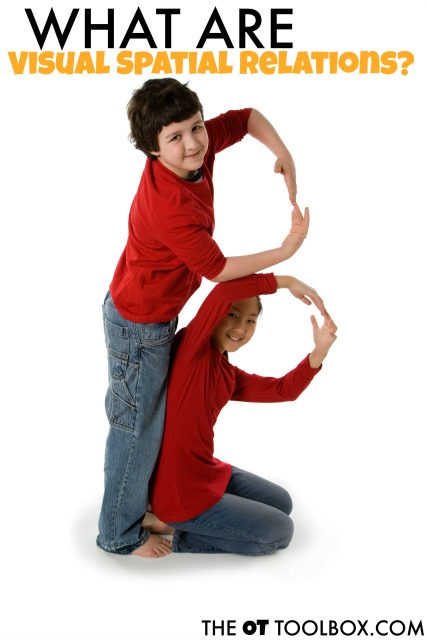
Spatial Relations Activities
Try these movement-based spatial relations activities to work on the visual spatial skills needed for writing and completing everyday tasks:
- Create a paper obstacle course. Draw obstacles on paper and have your child make his /her pencil go through the obstacles.
- Draw circles, holes, mud pits, and mountains for them to draw lines as their pencil “climbs”, “jumps”, “rolls”, and even erases!
- Create an obstacle course using couch cushions, chairs, blankets, pillows to teach left/right/over/under.
- Write words and letters on graph paper. The lines will work as a guide and also a good spacing activity.
- Use stickers placed along the right margin of to cue the student that they are nearing the edge of paper when writing.
- Highlight writing lines on worksheets.
- Draw boxes for words on worksheets for them to write within.
- Play Simon Says. Use these therapy Simon Says commands.
- Practice directions. Draw arrows on a paper pointing up, down, left, and right. Ask your child to point to the direction the arrow is pointing. The child can say the direction the arrows are pointing. Then create actions for each arrow. Up may be jumping. Down may be squatting. The Left arrow might be side sliding to the left, and the Right arrow might be a right high kick. Next, draw more rows of arrows in random order. Ask your child to go through the motions and try to go faster and faster.
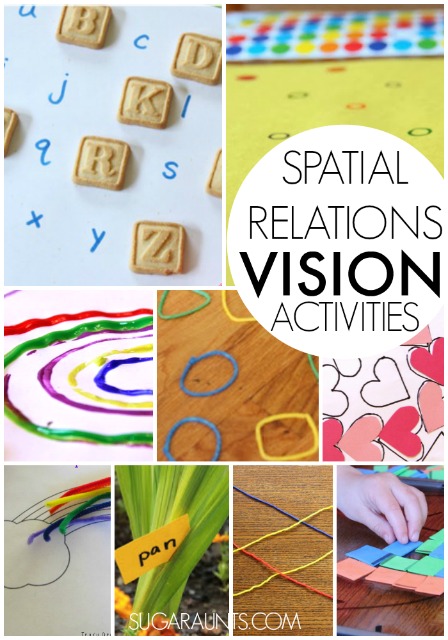
Other activities to incorporate spatial relations include:
- Map Activity for Spatial Relations
- Visual figure ground strategies
- Teaching Over, Under, Around, and Through Spatial Reasoning Concepts
- Handwriting Spacing Tool
- What is Spatial Awareness?
Try these other activities that challenge visual spatial relations:
- Margins in Handwriting
- Concentric Circle Painting
- Handwriting Spacing Puzzles
- Handwriting through Play
- Personal Space Activities
- Line Matching with pipe cleaners
- Color matching Elmer Activity
- Word building with nature
- Line awareness heart maze
- Finger dexterity exercise
- Winter scissor activity-cut icicles
- Giant motor planning maze
- Line awareness bead picture
- Create your own race track
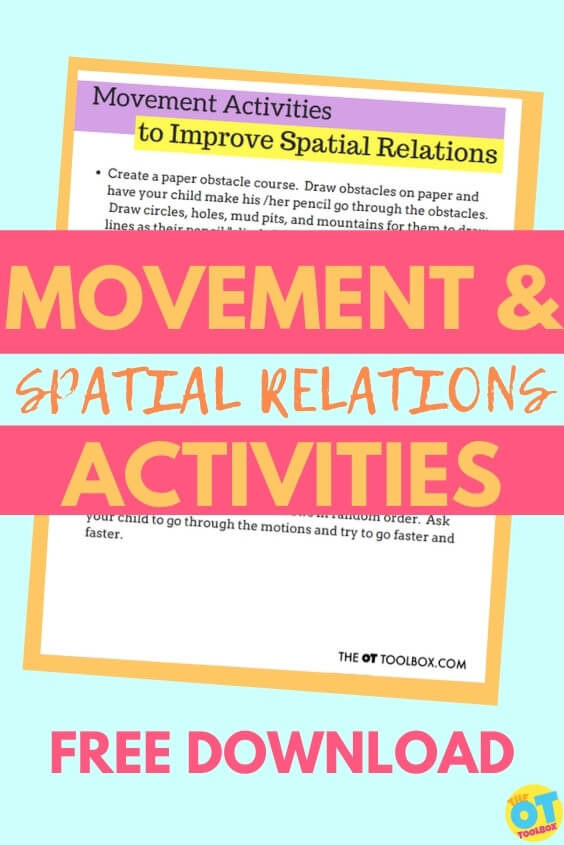
Free Movement and Handwriting Worksheet
Today’s free printable shares movement based activities to help kids improve their spatial relations. These are the skills kids need to write legibly. It includes tips and activities to improve spatial relations, that were mentioned above. This free handout is a great resource to add to your occupational therapy toolbox.
You will receive this handout when you join the Handwriting Tips and Tricks series. Each day over the course of 5 days, you’ll receive a free handwriting worksheet to use in addressing common handwriting issues.
Join the free handwriting series!

Colleen Beck, OTR/L has been an occupational therapist since 2000, working in school-based, hand therapy, outpatient peds, EI, and SNF. Colleen created The OT Toolbox to inspire therapists, teachers, and parents with easy and fun tools to help children thrive. Read her story about going from an OT making $3/hour (after paying for kids’ childcare) to a full-time OT resource creator for millions of readers. Want to collaborate? Send an email to contact@theottoolbox.com.


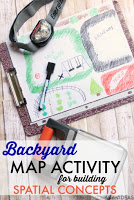
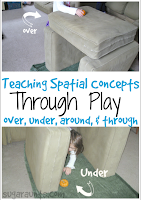
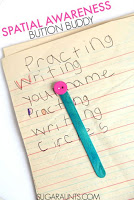
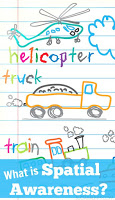
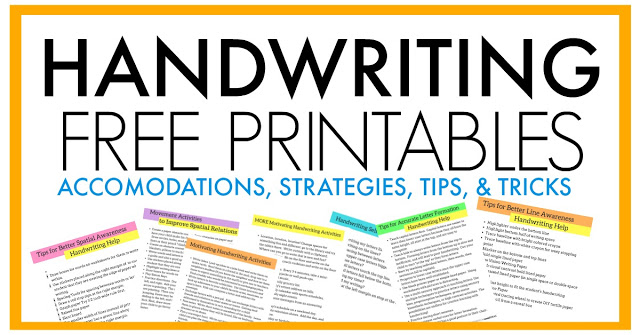





1 thought on “What are Visual Spatial Relations”
Comments are closed.